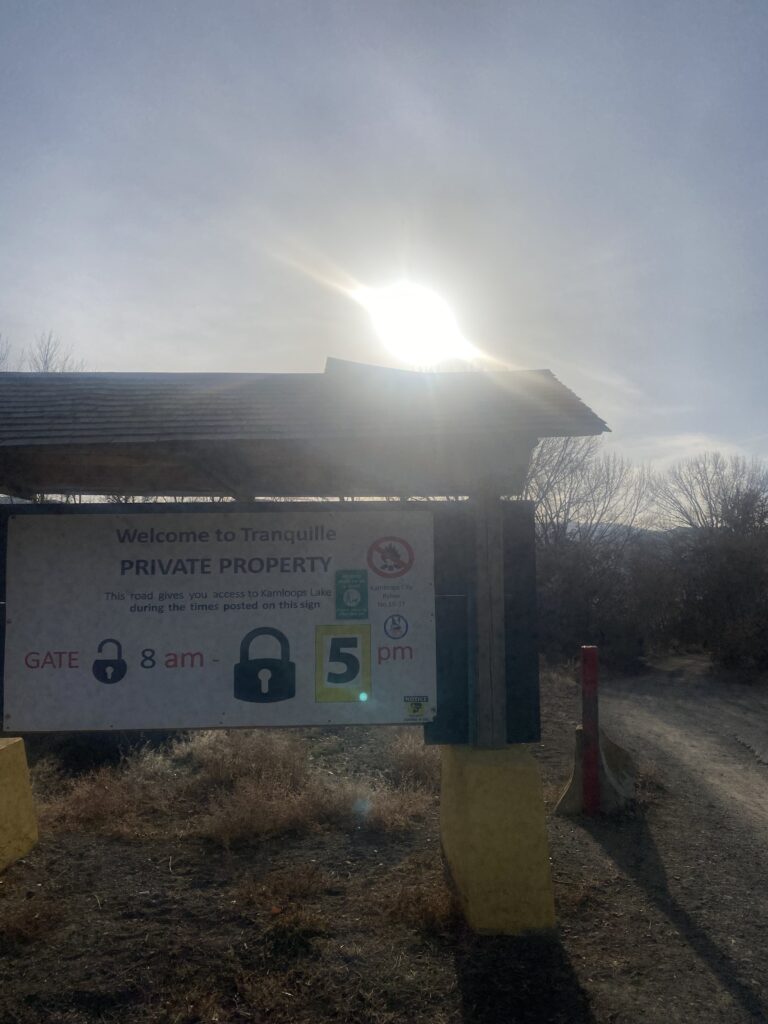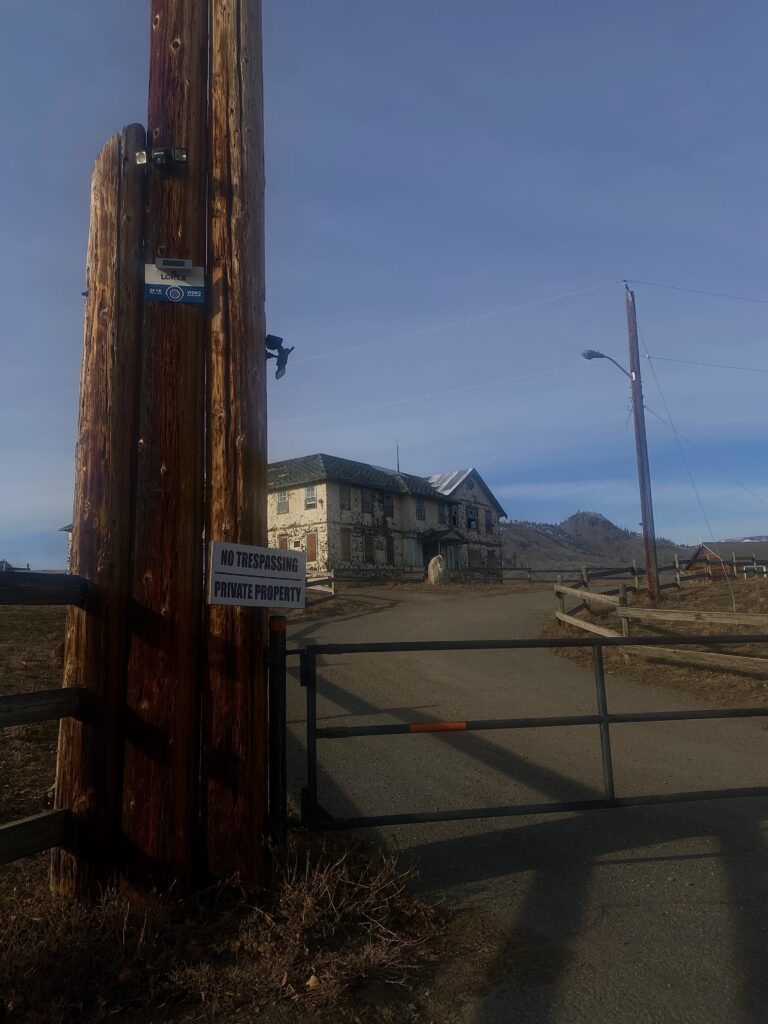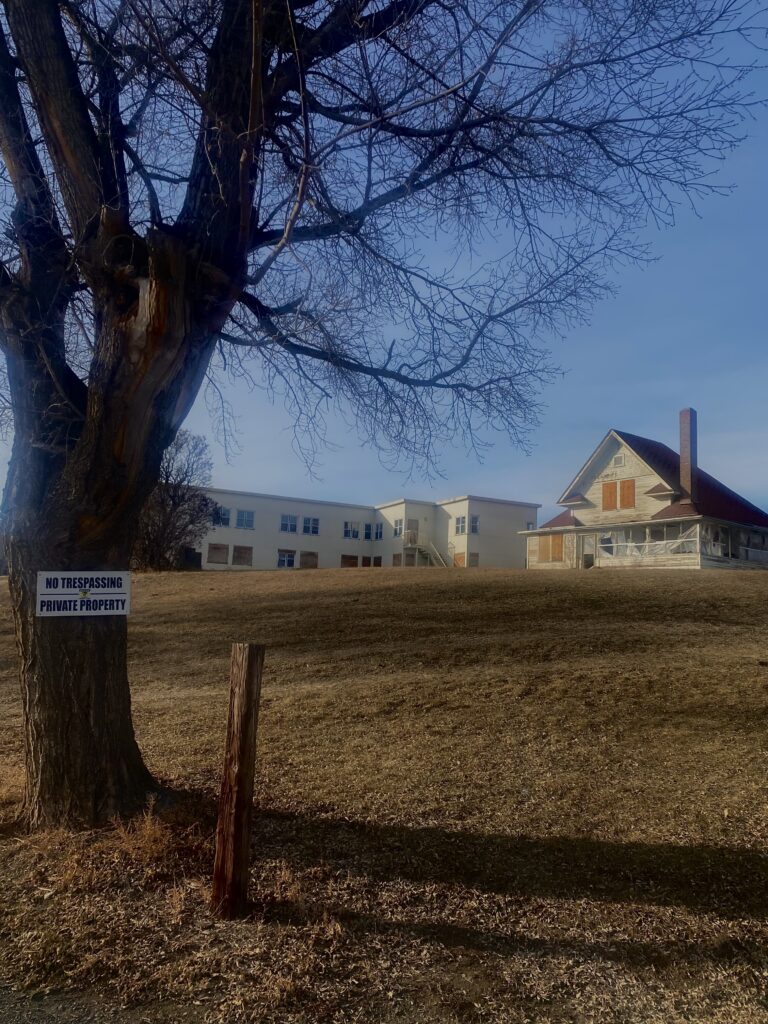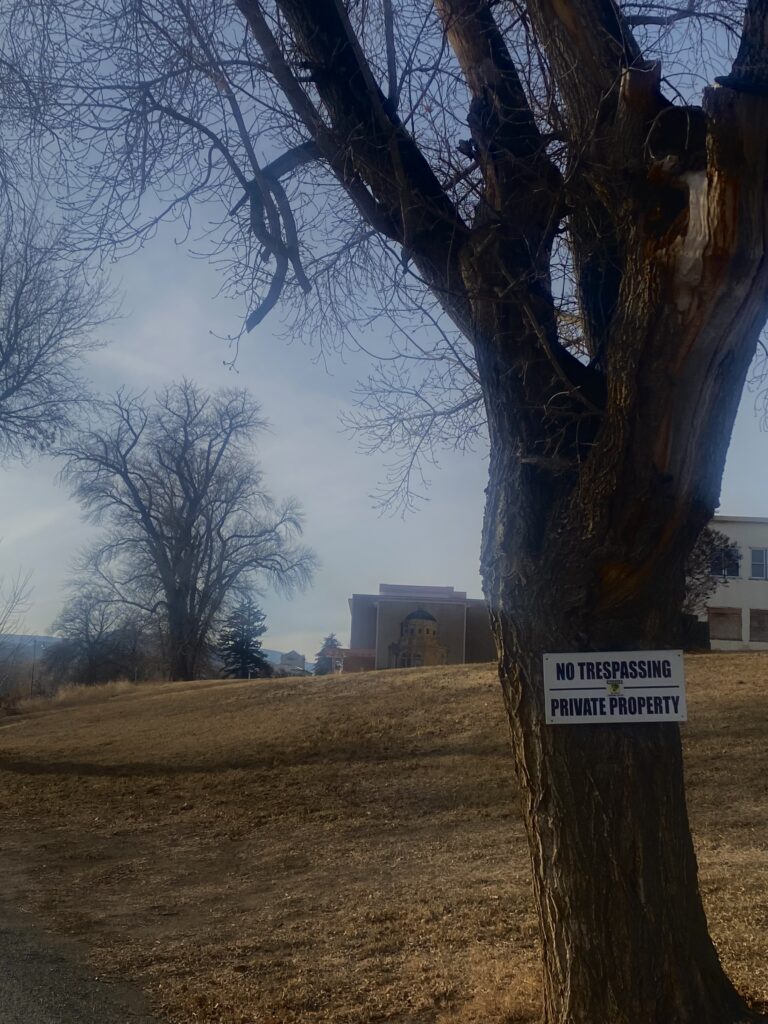Being from Manitoba I wasn’t sure what there was to do in Kamloops, during the month of October especially Tranquille was recommended to me by multiple people. Tranquille seems to be a big gossip topic within Kamloops, however I’m curious how valid the information floating around is. Throughout the year I have focused my attention to the Tranquille Sanatorium, going through the history of Tranquille I was bombarded with knowledge on its time as a farm and a tuberculosis facility however looking into its time as a psychiatric institution it appears that there is very little information, however its infamous for its time as a psych ward. I am curious to why all the records seem to have vanished and if there is a reason behind it. I am going to be interviewing a handful of students including locals and non-locals to see the here say that has spread around Kamloops. I found this surprising as almost every local Kamloopians I have met has had information on it. In my interview I am going to interview people from Kamloops and ask them what they have heard about Tranquille and where their information stems from, seeing if it is factual or more town gossip.
Author Archives: kendraandjelic
The dark history of psychiatric treatments: How we learned to heal, not harm

Discussing unfair treatment of psychiatric patients, over the years psychiatric facilities have seen some major changes. Starting with the harsh reprimands used in the 1900s such as shock and water treatments which are now deemed inhumane and cannot be justified. Tranquille is most famous for its time as a psychiatric facility as it brings some haunted aspects to the grounds. Tranquille was shut down by its employees due to unfair treatment, in my podcast below I will speak to a current psychiatric nurse about the changes these procedures have took to be deemed safe for all the patients. Today ECT (electro convulsive therapy) has been presented to patients with depression, ECT is commonly associated and compared to shock therapy, but it is much more humane and safer. Shock therapy fried one’s brain until it could barely function which removed the negative effect that they were aiming for but took a lot more with-it as well. No medications for seizures or anything else were presented, they thought it was helping at the time, however it was doing more damage than good. ECT involves 10 rounds of therapy and multiple forms of medications are provided for secretions and muscle relaxants. The therapy induces a seizure, however it re wires the brain giving it a jumpstart to feel happier and reach higher levels of dopamine. Going into the procedure there will be nurses on needles and electrodes, an anesthetist does all the meds, and the psychiatrist administers the shock. The electrodes are placed on either side of the head onto the temples, then the shock is administered. A typical time for this procedure is 40 seconds to a minute. The patients may experience some short-term memory loss, some may not be able to remember what they had for breakfast the day of for example. However, this is just temporary and once the head clears all memories are safe and kept. This has proved to be a greatly beneficial procedure that does not inflict harm, and you can genuinely see a positive change afterwards.
A Brief History of the Tranquille Sanatorium
The Tranquille Sanatorium located in Kamloops, British Columbia, was initially a ranch bought in 1907 and transformed into a tuberculosis treatment center known as King Edward II Tuberculosis Sanatorium. Tuberculosis was a deadly disease known as the “white plague,” the facility was strategically placed in a secluded location, ideal for recovery with access to fresh air and a peaceful environment. On average patients would stay for about 200 days (6 and a half months), and the cost for treatment was around 55$ per month, a significant sum in the early 1900s. As medical advancements progressed, antibiotics such as streptomycin were discovered and could cure tuberculosis eliminating the need for long-term isolation. This lead to the tuberculosis facility shutting down in the year 1958. The facility remained vacant until 1959 when a psychiatric care facility was opened. Detailed records are limited in the Kamloops archive collection, the facility became a psychiatric institution, though its title during this time period remains unclear. Throughout this transition, Tranquille continued to serve its original purpose of providing institutional care. The difference was that the focus shifted from physical health complications to mental health complications. The employees staged a 3-week protest, on account of unfair patient care. The Psychiatric facility was closed permanently in 1983. In the 1990s Tranquille served as a detention center for young men, but this did not last long as there was a $70, 000 bill owed to the B.C. government who eventually shut them down. Tranquille has lived many lives and remains an institutional landmark to those in Kamloops, as it reflects both the evolution of medical treatments and ongoing debates over institutional care for vulnerable populations.



